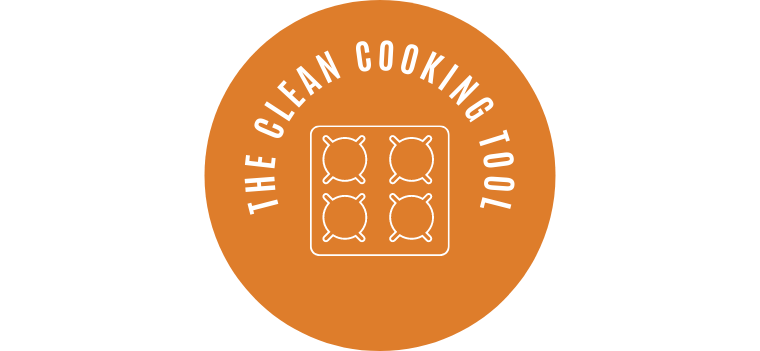News
- In-depth analytical tools are indispensable for decision makers in high access-deficit countries to tackle this challenge.
- The Clean Cooking Planning Tool can help national-level planners chart their countries’ course to meeting the aspirations of SDG Target 7.1.
Today, about 2.6 billion people—about one-third of the global population—are still living in cooking poverty, meaning they rely on polluting, traditional fuels, and technologies to cook their meals. The cost to human health, women’s productivity, and the environment is staggering, conservatively estimated at US$2.4 trillion per year. Greenhouse gas emissions from nonrenewable woodfuels for cooking amount to a gigaton of CO2e per year, about 1.9-2.3 percent of global emissions, more than the emissions from global aviation. Achieving universal access to clean cooking, a key component of Sustainable Development Goal 7 (SDG 7), should be fully and formally integrated into governments’ strategic energy development and planning processes.
To guide the transition, energy planners need to understand where they are starting from—what is their current state of access to cooking energy services, and what are the different pathways to where they want to go. In-depth analytical tools are indispensable to this process, particularly for decision makers in high access-deficit countries who often lack realistic assessments of the costs and benefits of tackling the challenge.
The Clean Cooking Planning Tool, developed by the World Bank’s Energy Sector Management Assistance Program (ESMAP), is a top-down analytical resource designed to fill this gap. This integrated, scenario-based tool makes it possible for users—primarily national-level energy planners, decision makers, program developers, and researchers—to explore the estimated sector costs and public co-benefits of transitioning their urban and rural populations to modern and improved cooking energy services by 2030. The methodology follows the analytical framework and consolidated 71-country database developed for the 2020 ESMAP report, The State of Access to Modern Energy Cooking Services. Cooking energy services are classified according to the World Bank’s Multi-Tier Framework (MTF), which takes a multidimensional, tiered approach to measuring household access to cooking solutions across six technical and contextual attributes.
The Clean Cooking Planning Tool can help national-level planners chart their countries’ course to meeting the aspirations of SDG Target 7.1. Equipped with this more in-depth information, planners are better prepared to start the national-level dialogue among key stakeholders and development partners and mobilize the required public and private investments.
To learn more about the tool, including its detailed methodology and how to use it, please visit Clean Cooking Planning Tool.
To learn more about what ESMAP’s cooking, visit the Clean Cooking Fund page.
